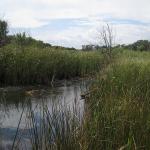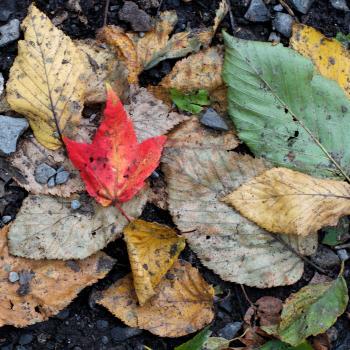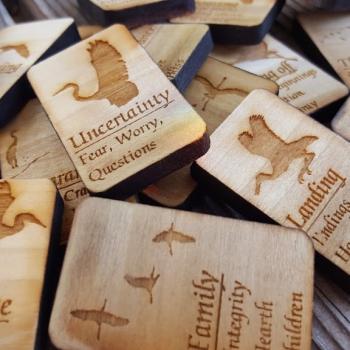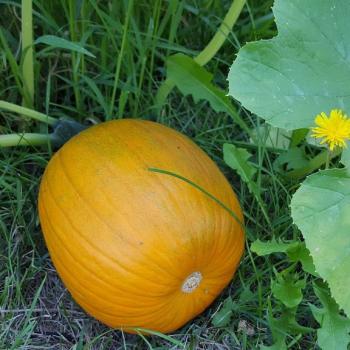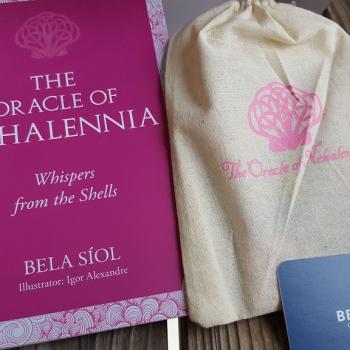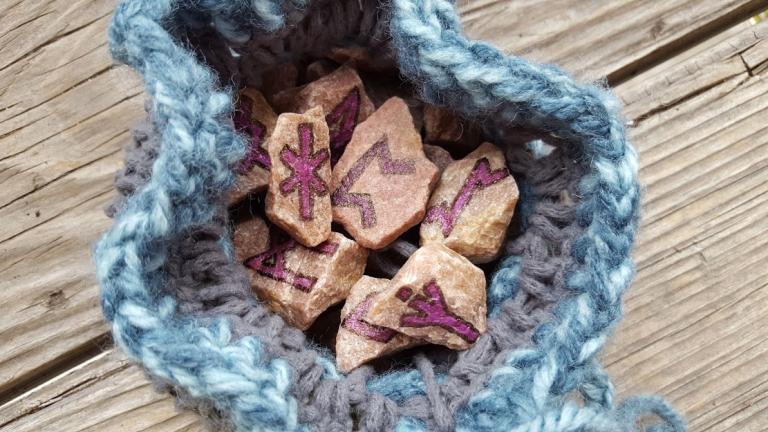 Runes have always fascinated me. From the day my mother first read me The Hobbit as a young grade-school student, they have stuck in my mind. They seem so ancient and mysterious. And in many ways, they are. We don’t know exactly when or why they came about. The prevailing theory is that they evolved as a writing system from an Italic alphabet, but they became much more.
Runes have always fascinated me. From the day my mother first read me The Hobbit as a young grade-school student, they have stuck in my mind. They seem so ancient and mysterious. And in many ways, they are. We don’t know exactly when or why they came about. The prevailing theory is that they evolved as a writing system from an Italic alphabet, but they became much more.
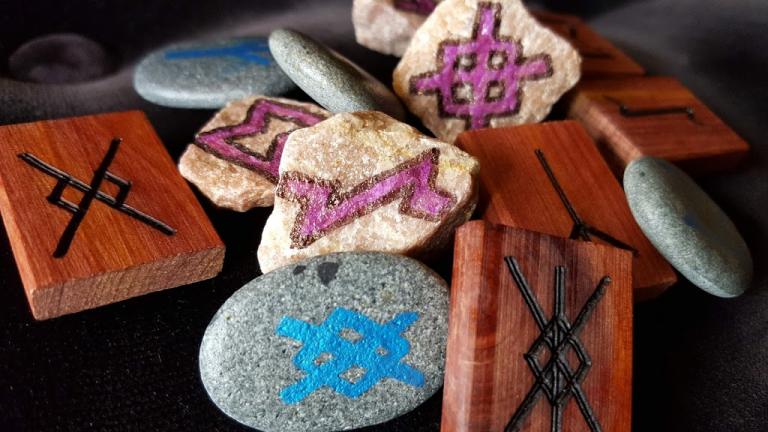 Many modern Heathens and Pagans think of the runes as the Elder Futhark, a set of 24 runes. This set comes from a 4th century engraving known as the Kylver Stone, where all 24 runes are listed in Futhark order. It makes it easy to think of the runes as a single, standardized set of letters like our own alphabet. However, it’s more accurate to think of the Kylver Stone and the Elder Futhark as only a small part of a broad runic tradition.
Many modern Heathens and Pagans think of the runes as the Elder Futhark, a set of 24 runes. This set comes from a 4th century engraving known as the Kylver Stone, where all 24 runes are listed in Futhark order. It makes it easy to think of the runes as a single, standardized set of letters like our own alphabet. However, it’s more accurate to think of the Kylver Stone and the Elder Futhark as only a small part of a broad runic tradition.
The runes have been used throughout the Germanic world since their invention in the Migration Age, and each place and time used different runes or used existing ones in different ways. The Younger Futhark, a runic set of only 16 letters, was used beginning in the 9th century in Nordic countries. The Norwegian and Icelandic Rune poems were created from the Younger Futhark.
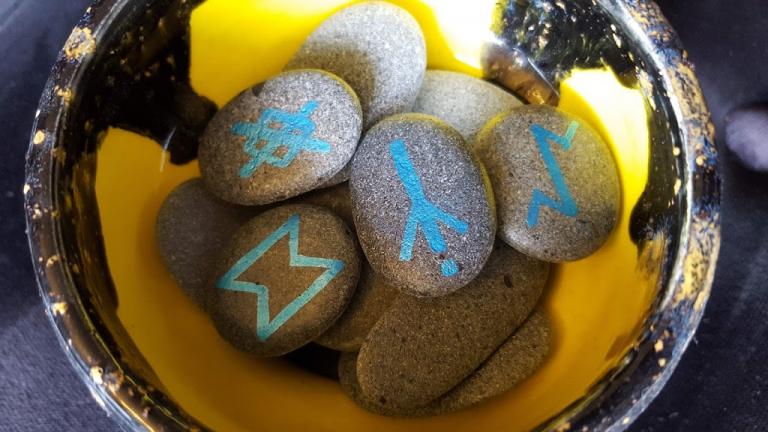 The Anglo-Saxon Futhorc began in Frisia as 26 runes, and then expanded to 29 runes with the Anglo-Saxons in Britain. We know these 29 from the Anglo-Saxon Rune poem, recorded in the 7th century. If you are a casual student of the runes, you may have also heard of the Northumbrian Runes. This is a set of 33, containing four more runes said to have been recorded in Northumbria.
The Anglo-Saxon Futhorc began in Frisia as 26 runes, and then expanded to 29 runes with the Anglo-Saxons in Britain. We know these 29 from the Anglo-Saxon Rune poem, recorded in the 7th century. If you are a casual student of the runes, you may have also heard of the Northumbrian Runes. This is a set of 33, containing four more runes said to have been recorded in Northumbria.
This isn’t a very accurate portrayal. According to RI Page in An Introduction to English Runes, it’s likely that these additional four runes are later inventions by rune enthusiasts, after the popular use of runes had declined. However, this doesn’t make them unusable to us in the modern day. I personally tend to use the 29 Anglo Saxon runes, but I have a few sets with the Northumbrian additions.
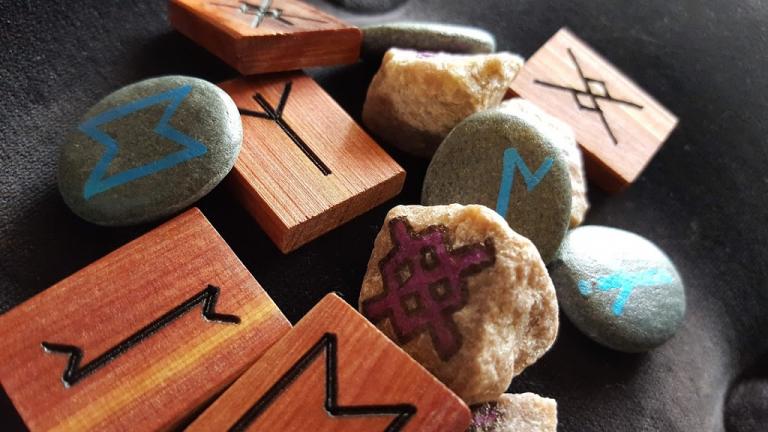 There is very little to go on when interpreting these runes in divination or for using them in magic. Nigel Pennick wrote Runic Lore and Legend: Wyrdstaves of Old Northumbria, a collection of his own ideas largely unrelated to history. Most descriptions of the Northumbrian runes on the internet seem to derive from this book. In this series, I’d like to examine each of these four ‘extra’ runes and present some ideas on how you might interpret them in a more historical context.
There is very little to go on when interpreting these runes in divination or for using them in magic. Nigel Pennick wrote Runic Lore and Legend: Wyrdstaves of Old Northumbria, a collection of his own ideas largely unrelated to history. Most descriptions of the Northumbrian runes on the internet seem to derive from this book. In this series, I’d like to examine each of these four ‘extra’ runes and present some ideas on how you might interpret them in a more historical context.
Over the next few weeks I’ll be examining Cweorth, Gar, Calc, and Stan. I’ll offer my own ideas on interpretation, and discuss a few of the modern pitfalls. Hopefully I’ll also be able to shed some light on how the concepts they represent may have been viewed historically. Northumbrian rune sets can be difficult to find, but if you’d like to create your own, check out my guide to crafting runes. Or you can always visit my Etsy shop to request a set!


